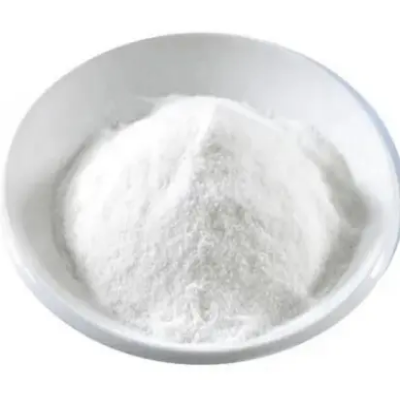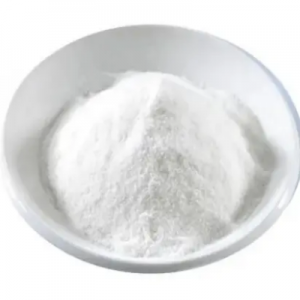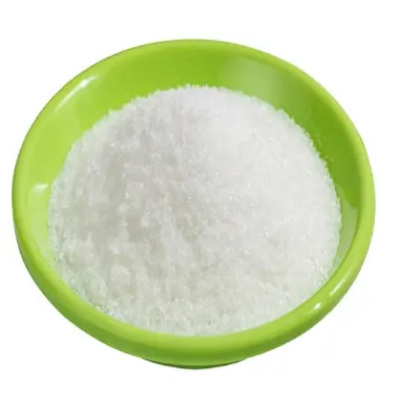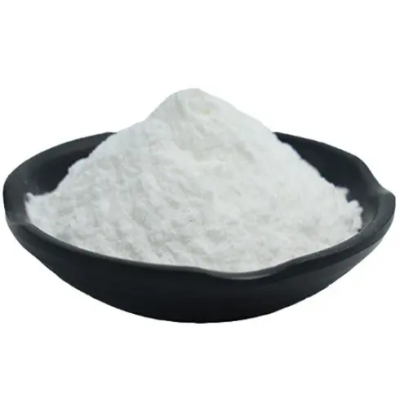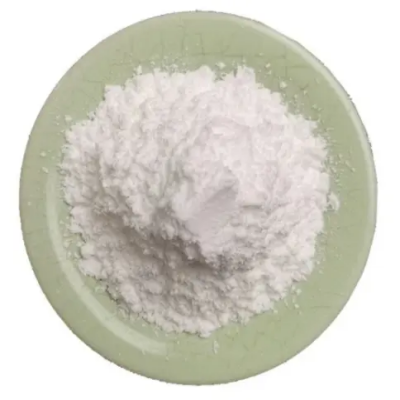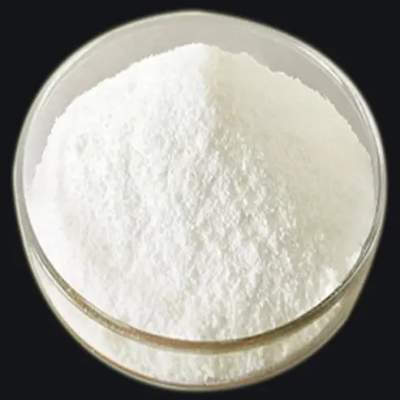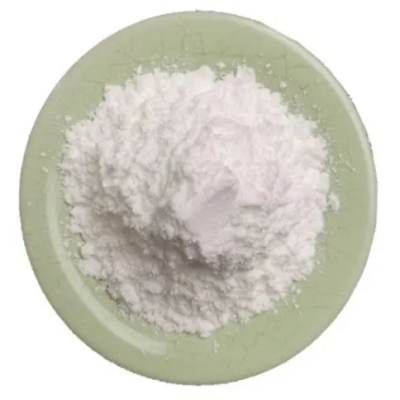Furaltadone CAS:139-91-3
Furaltadone is employed in veterinary practice for the management of conditions such as enteritis, colibacillosis, salmonellosis, and other bacterial infections in livestock, poultry, and aquaculture species. It is administered orally or incorporated into feed formulations to provide broad-spectrum coverage against susceptible pathogens. Veterinarians may prescribe furaltadone based on the type of infection, severity of the disease, and susceptibility testing results, if available. Dosage regimens are tailored to the animal's weight, age, and overall health status to optimize treatment outcomes. Adherence to prescribed dosages and treatment durations is crucial to ensure therapeutic efficacy and prevent the emergence of antibiotic-resistant strains. Monitoring for treatment response, potential adverse effects, and the need for adjustments in therapy is essential during the course of treatment. While generally well-tolerated, side effects of furaltadone in animals may include gastrointestinal disturbances, allergic reactions, or rare instances of toxicity. Veterinary professionals play a pivotal role in overseeing the responsible use of furaltadone, promoting prudent antibiotic stewardship, and safeguarding animal health and welfare. Regular veterinary assessments, adherence to treatment protocols, and appropriate infection control measures contribute to successful outcomes when using furaltadone in managing bacterial infections in animals. Collaboration between veterinarians, animal caretakers, and industry stakeholders is fundamental in ensuring the effective and sustainable utilization of this antibiotic in veterinary medicine.
Furaltadone is employed in veterinary practice for the management of conditions such as enteritis, colibacillosis, salmonellosis, and other bacterial infections in livestock, poultry, and aquaculture species. It is administered orally or incorporated into feed formulations to provide broad-spectrum coverage against susceptible pathogens. Veterinarians may prescribe furaltadone based on the type of infection, severity of the disease, and susceptibility testing results, if available. Dosage regimens are tailored to the animal's weight, age, and overall health status to optimize treatment outcomes. Adherence to prescribed dosages and treatment durations is crucial to ensure therapeutic efficacy and prevent the emergence of antibiotic-resistant strains. Monitoring for treatment response, potential adverse effects, and the need for adjustments in therapy is essential during the course of treatment. While generally well-tolerated, side effects of furaltadone in animals may include gastrointestinal disturbances, allergic reactions, or rare instances of toxicity. Veterinary professionals play a pivotal role in overseeing the responsible use of furaltadone, promoting prudent antibiotic stewardship, and safeguarding animal health and welfare. Regular veterinary assessments, adherence to treatment protocols, and appropriate infection control measures contribute to successful outcomes when using furaltadone in managing bacterial infections in animals. Collaboration between veterinarians, animal caretakers, and industry stakeholders is fundamental in ensuring the effective and sustainable utilization of this antibiotic in veterinary medicine.



| Composition | C13H16N4O6 |
| Assay | 99% |
| Appearance | white powder |
| CAS No. | 139-91-3 |
| Packing | Small and bulk |
| Shelf Life | 2 years |
| Storage | Store in cool and dry area |
| Certification | ISO. |


